In a move toward reducing the facility’s carbon footprint, the Mercedes-Benz plant in Wörth is rolling out a new painting technology for its truck cabs, which is expected to cut energy consumption by up to 40%.
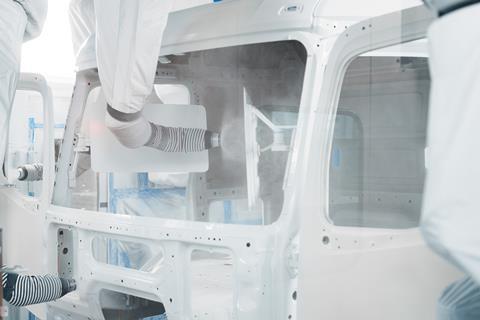
Painting is the largest single energy-consuming process in the production of Mercedes-Benz trucks. By adopting this new process, the company says it is making a bold step toward reducing energy use and aligning with its broader green production strategy.
“We have succeeded in developing and implementing one of the most innovative painting processes in the world…” – Andreas Bachhofer, Head of the Wörth site and Mercedes-Benz Trucks Production
Innovative technology for a greener future
Andreas Bachhofer, Head of the Wörth site and Mercedes-Benz Trucks Production, emphasised the importance of this development. “We have succeeded in developing and implementing one of the most innovative painting processes in the world. This is a major milestone for our production, alongside our ongoing transition to manufacturing vehicles with alternative drive systems. We are investing substantially in the Wörth site to secure the future of our largest truck plant.”
At the heart of the new painting process are ultra-high-solid paint materials that allow for a more efficient application. The wet-on-wet technique eliminates the need for drying between layers, significantly reducing energy consumption. The number of painting stations and dryers will be reduced, replacing 15 stations and four dryers with five space-saving painting booths and two dryers. Furthermore, the new system will eliminate the need for fossil fuels in the drying process.
Smoother production transition
The transition to the new painting process is being carried out in phases to ensure minimal disruption to production. One of the new paint booths has already been installed, with a complete overhaul of the system expected to be finalised by 2026. Despite the ongoing conversion, Mercedes-Benz Trucks says it maintains its ability to produce over 400 truck cabs per day.
Sustainability and carbon-neutral production
The company has set ambitious sustainability goals, and the new cab painting process brings the Wörth plant closer to achieving them. Since 2022, the facility has operated on a carbon-neutral basis. The plant sources electricity from renewable sources, including solar, wind, and hydroelectric power.
Another key initiative in the plant’s sustainability roadmap is expanding its reliance on self-supplied renewable energy. Investments in photovoltaic systems and participation in the joint venture WärmeWerk Wörth are part of ongoing efforts to explore climate-neutral energy solutions such as geothermal power.
Founded in 1963, the Wörth plant is the largest truck assembly facility for Mercedes-Benz Trucks. Over 4.4m trucks have been manufactured there, including the Actros, Arocs, and Atego series. It is also home to the production of the battery-electric eActros 300/400 and the eEconic series for municipal use. In November 2024, the plant marked another milestone with the start of series production for the Mercedes-Benz eActros 600, an electric truck designed for long-haul transportation.








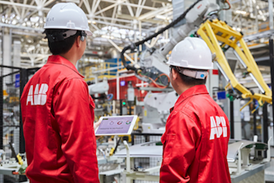

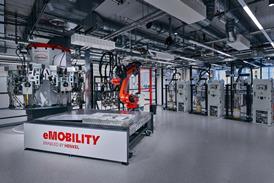




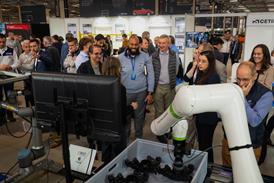
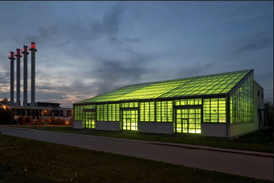



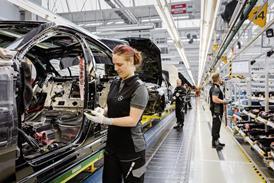











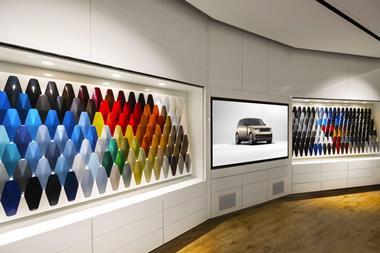
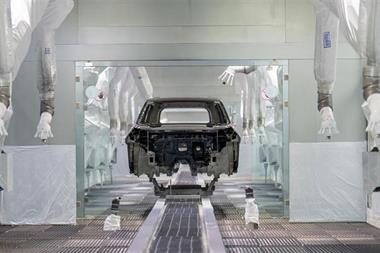




No comments yet